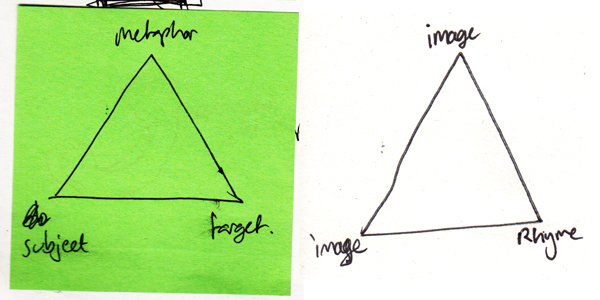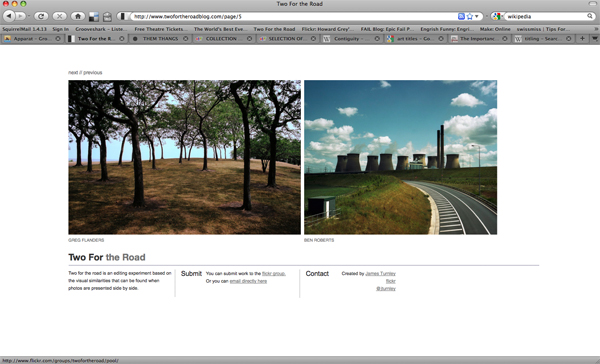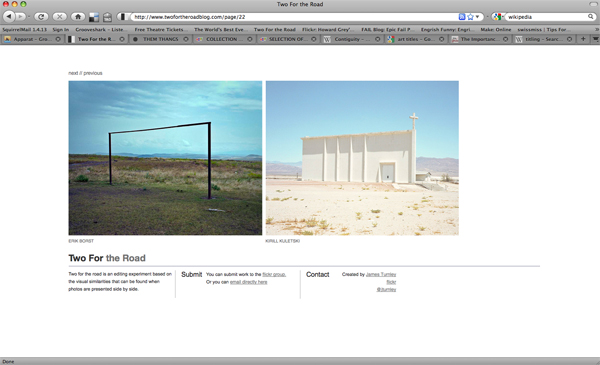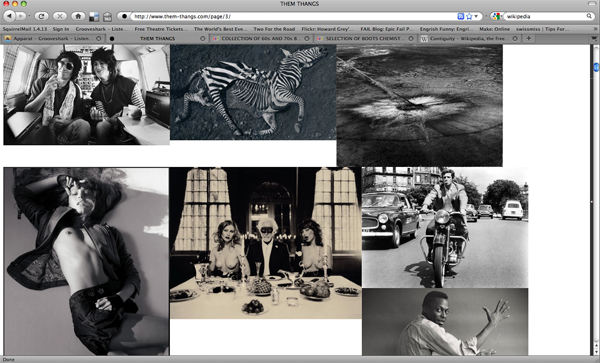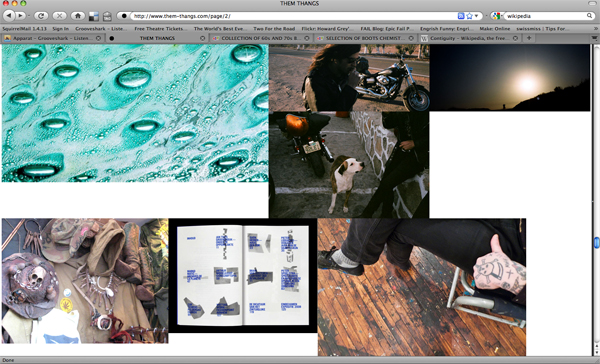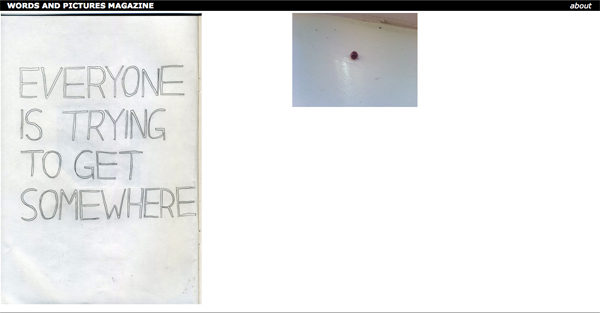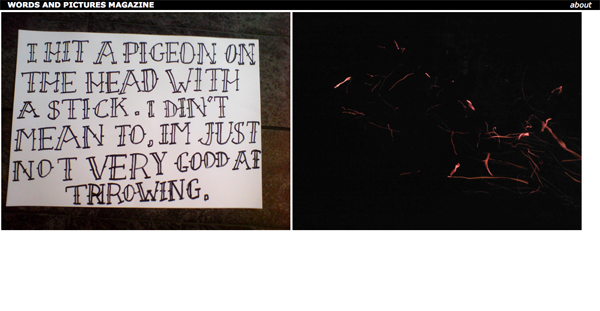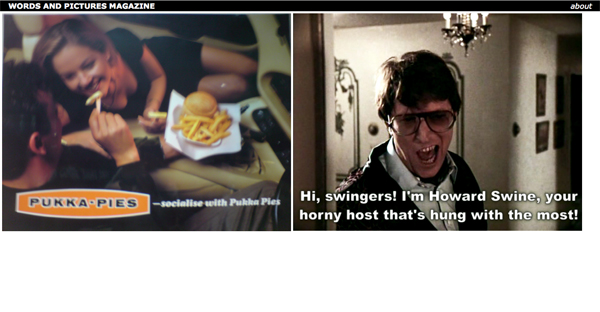Physicality, with its weight, smell and tactile interaction, grants a significance that bits have not (yet) achieved. The quickest way to invoke nostalgia for a time past with a photograph is to invoke the properties of the physical, which is done by mimicking the ravages of time through fading, simulated film grain and scratches as well as the addition of what appears to be photo-paper or Polaroid borders around the image.
Quotes taken from Nathen Jurgens interesting piece about The Faux–Vintage Photo Pt 2.
(here follows some badly written but hopefully interesting thinking spawned by this article.)
I wonder if the key is that by allowing the digital image to appear as real and specifically old, it becomes imbued with an inherent value which is associated with effort and specifically time. On the one hand this desire to obtain and own things which contain 'time-value' could be seen as an anchor against the fast moving and changing world we live in now. It could also be, (and this is where my pop sci-cology kicks in) that we are scared of death- time is running out and if we can somehow possess, and therefore control time, we can keep it away for that bit longer. Or perhaps, more accuratley, by getting hold of stuff with embued 'time-value' we can be seen to be adding gravitas to our own legacy, by extending the perception of our timescale (period we have covered with our life) we can be seen to be more successful or better remembered when we do die.
There is another aspect here- not just to do with faux-vintage, but things with a patina of age (a beautifully rusted garage door, or a worn piece of wooden type). Second hand objects in general (some more than others of course) can be seen to be carriers of 'time-value' but the way this value is traded is is stories and narrative. The objects acquired at a junk market have had a life of their own before I get hold of them and by purchasing them (and here real currency plays little role in time, It could have be expensive or cheap the effect is the same) I acquire their unknown story, narrative and history with it. In that way the buyer can feel like they are acquiring time.
